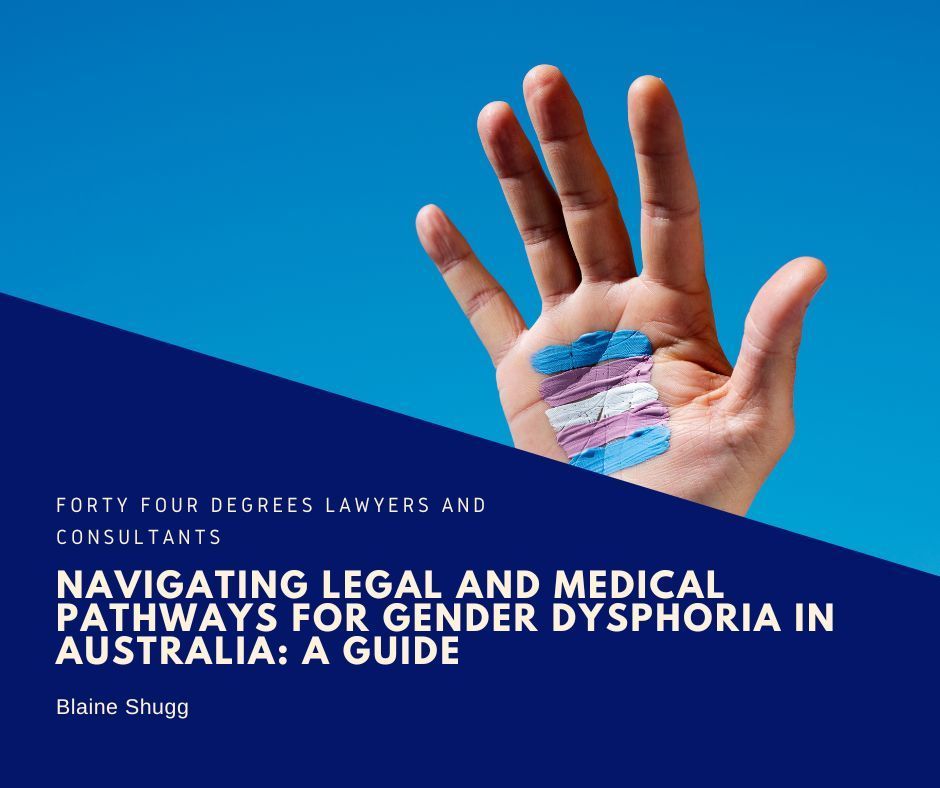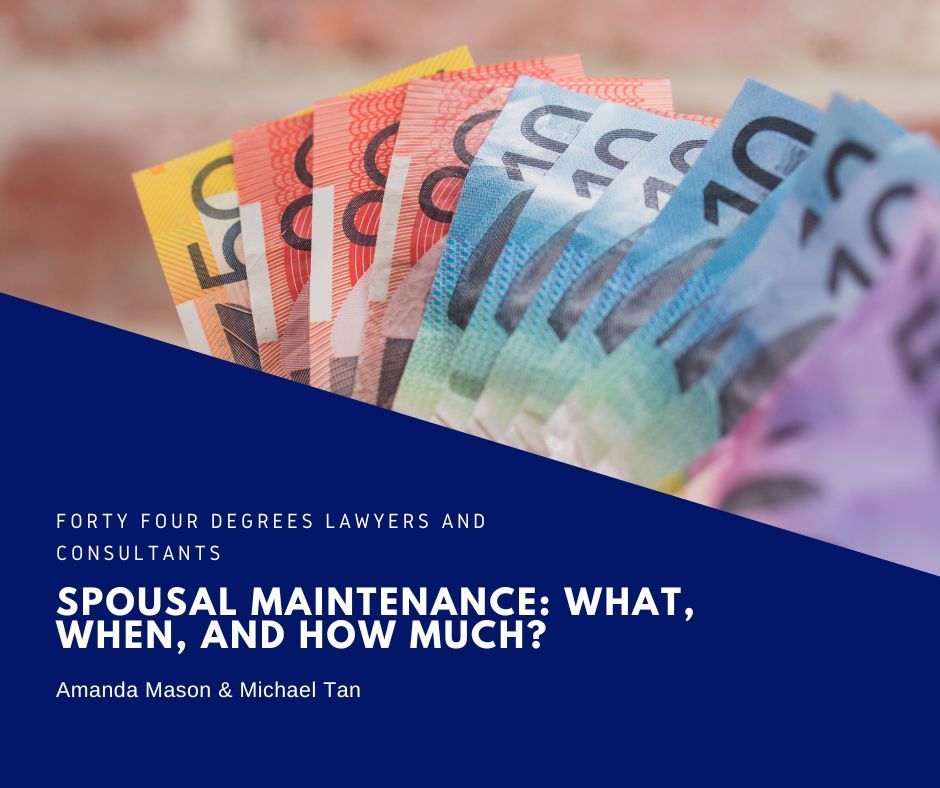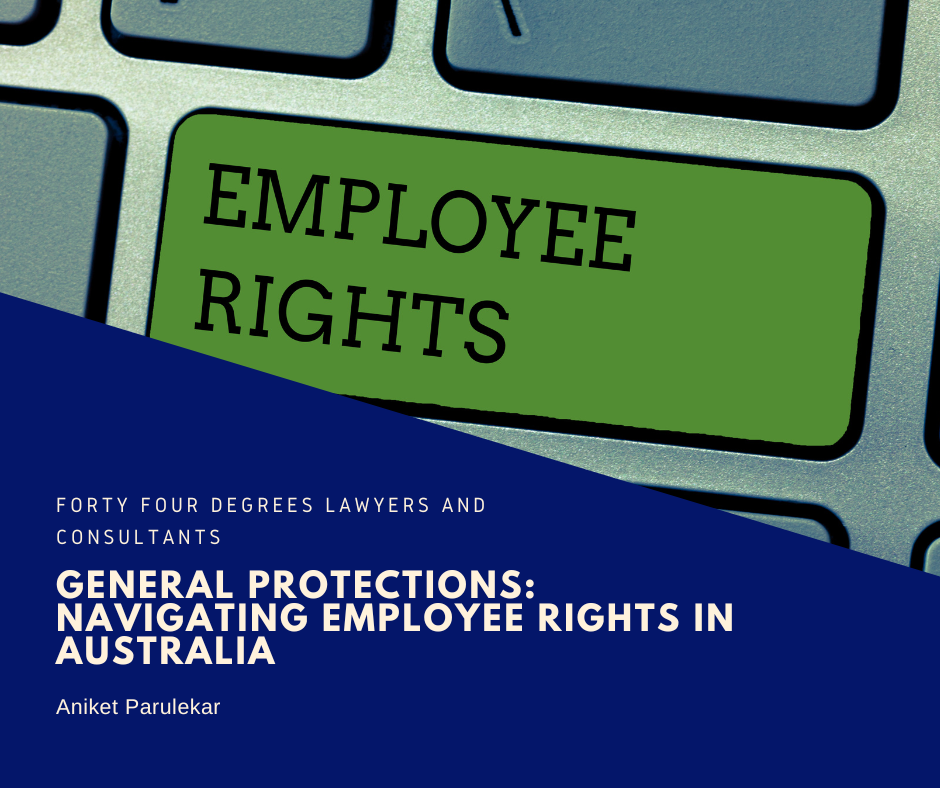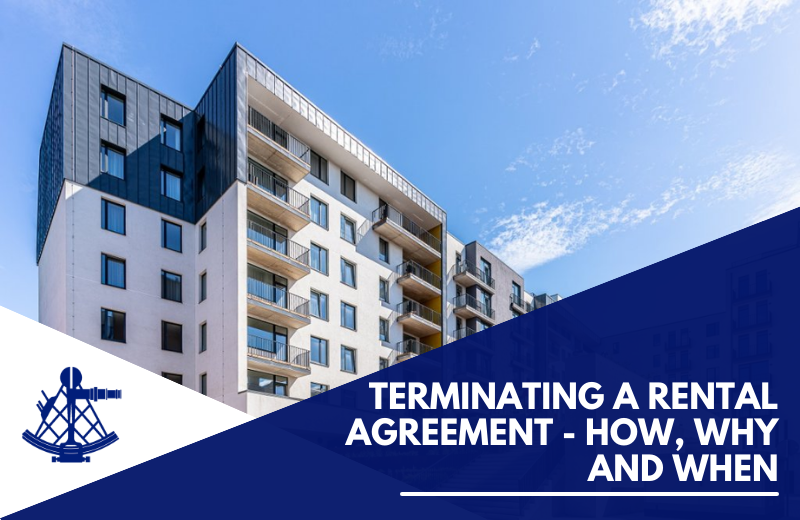Section 27
Hana Lee • Apr 27, 2020
Section 27 statement - What it is and why you may want it

Selling your property is no easy task. There are a number of things to take into consideration and complicated rules including how the deposit is paid, to whom it is paid, and how it can be accessed. In this article we outline the section 27 statement and how it can be used to your benefit.
What is a deposit?
When someone purchases any type of real estate, they are required to pay a deposit, typically 10% of the purchase price. That deposit will be held in the real estate agent's trust account. After settlement the real estate agent will deduct their fees and send the remainder of the deposit funds to the vendor, forming a part of the proceeds of sale.
But what if you need access to the deposit funds earlier?
A section 27 statement allows you to access the deposit monies as soon as the purchaser signs the statement, rather than waiting until after settlement. There are some benefits in accessing the deposit early. Some vendors will need the funds to pay a deposit on a different property they intend to purchase after completing their sale (this is known as a linked settlement - stay tuned for more information on linked settlements). In other cases, the section 27 statement will keep your real estate agent happy as they can deduct their commission from the deposit funds as soon as they are released. This is especially helpful for longer settlement time frames, such as a 90 day or 120 day settlement period.
A section what?
The section 27 statement is formally known as the 'Deposit Statement to the Purchaser' and is served pursuant to section 27 of The Sale of Land Act 1968 (Vic)
(Act), hence the name section 27 statement.
Section 27 of the Act allows for deposit funds to be released early provided that certain conditions are met. The most important of these conditions, in practice, is that a section 27 statement is served on the purchaser and they are given 28 days to sign and return it.
When we act for vendors of a property, we prepare a section 27 statement for them. To do so, we need the following information:
- The amount secured by the mortgage
- The amount and frequency of your mortgage repayments
- The date for repayment (if you were to pay off the whole loan)
- The interest rate payable on the loan
- The amount left outstanding on the loan
- Details of any caveats over the property
It is important when selling your property to contact your bank, if there is a mortgage, and to obtain a bank confirmation letter to verify the above details.
I served a section 27 statement - now what?
Once a section 27 statement has been prepared, signed by you and sent to the purchaser, the purchaser will do one of 3 things:
1) Sign the statement and return it
- In this case, you can access the deposit funds straight away
2) Object to the release of the deposit
- The purchaser may object to the release of the deposit if the purchaser is dissatisfied with the information you provided in the section 27 statement. For example, if the purchase price is $600,000 and the amount outstanding on the loan is $700,000, the purchaser would have a very good reason for objecting to the release of the deposit.
3) Ignore it and do nothing
- In this case, you can access the deposit funds after 28 days
The above outlines (in a very simplified manner) how the section 27 process works to allow vendors early access to the deposit funds. The ins-and-outs of meeting all of the conditions for an early release of deposit can be tricky. That's why we're here to help.
If you are planning to sell your property and need access to your deposit funds, please contact us
to discuss your options and the best path forward.
Also check out: Forty Four Degrees' vendor's guide to selling property here.
Contact Us
We’re an Australian Law Firm promoting a nuanced, personal touch. We have the skills you need to resolve your case quickly and with a positive outcome. Our straight talking team stays close to simplify what is most often a complicated process. We help individuals and businesses with technology and startup law, property law including conveyancing and leasing, commercial law, civil litigation, wills, estates, bankruptcy, insolvency, criminal law, and professionals facing investigations and charges from their regulatory body.
We have a connected network of talented lawyers in Melbourne CBD, Dandenong, Ballarat, and Ivanhoe East.
Fill out the form or call us on 1300 892 237.
Thank you for contacting us.
We will get back to you as soon as possible
We will get back to you as soon as possible
Oops, there was an error sending your message.
Please try again later or call us on 1300 892 237.
About Us
We do business your way.
203/ 50 Market St, Melbourne VIC 3000
50 Lydiard St South
Ballarat Central VIC 3350










